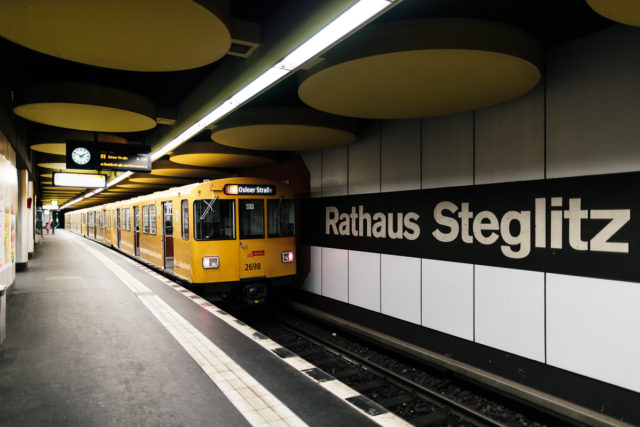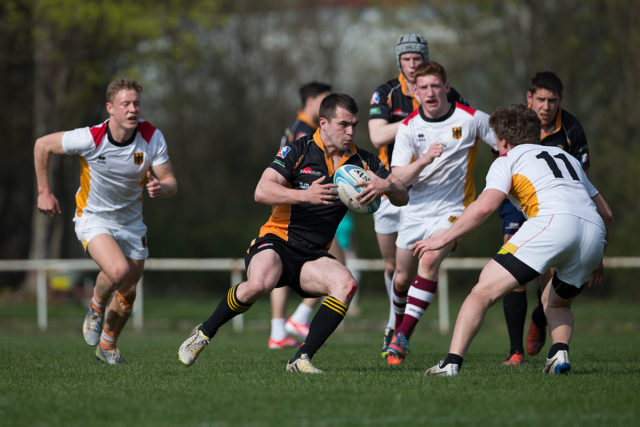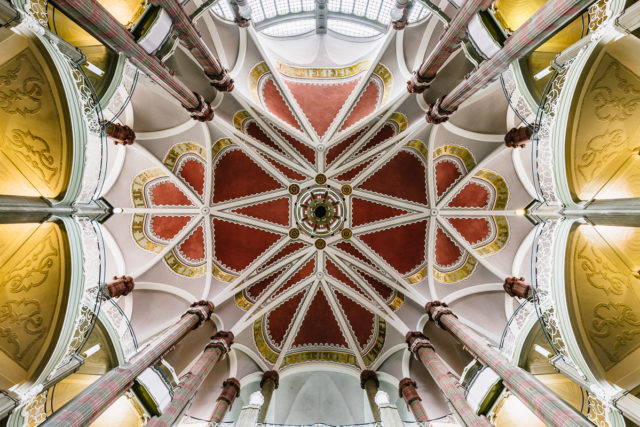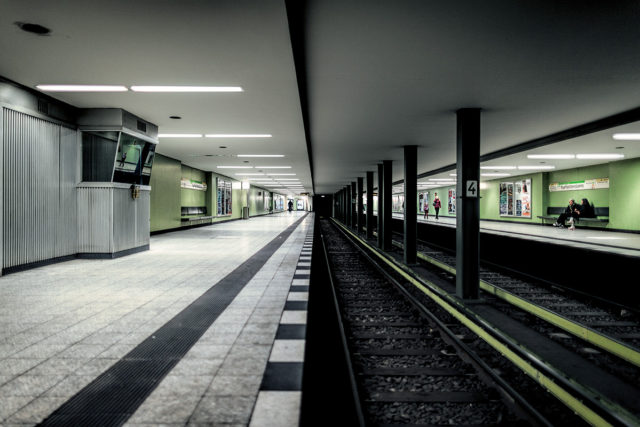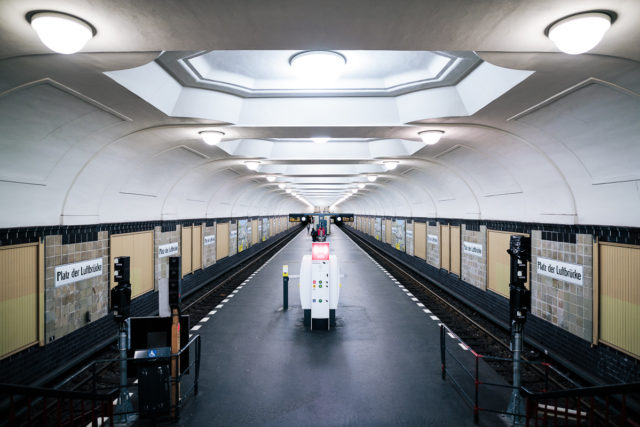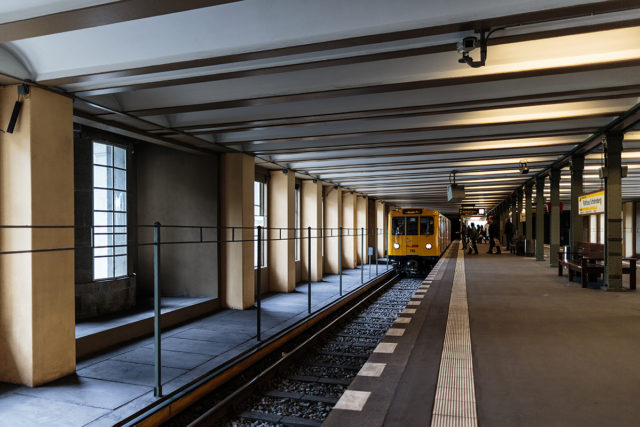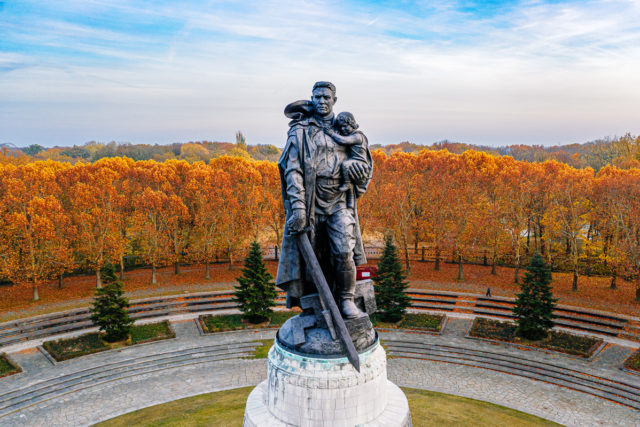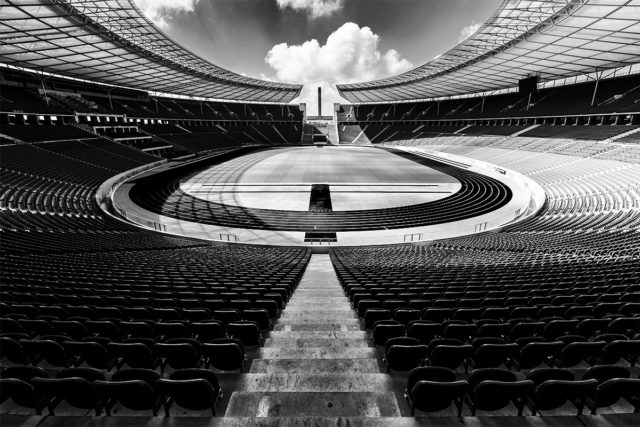Photos taken in my hometown Berlin, Germany
Running completely subterranean and on former West Berlin territory only the U9 line is 18 stops and 12.5km long. The line having orange as colour code connects Berlin’s Wedding district and the south-western Steglitz neighbourhood with the western city centre around the Zoological Garden station…
Read More
As a preparation for the European championship the German U18 national team rugby met Berlin-based Rugby Klub 03 from Weissensee district to have a test match. Here are a couple of in-game impressions…
Read More
Despite being something very positive, when taking decisions independently from the sovereigns point of view, you, as a normal citizen, will rarely get in touch with courts. Of course Berlin has a court too, even several local courts, but it is the 1904 built Amtsgericht in Berlin’s Mitte district that peeps out of the grey mass and that deserves a look behind the scenes…
Read More
The German capital can look back on a worldwide unique history and of course the city’s constructional countenance gives a very good reflection of that. Against the background of other European capitals Berlin seems to skip a couple of urban development stages. Despite constructional blunders and demolition one of the best history tellers is still around, that is the city’s infrastructure, in particular the underground transportation, its diverse tunnels and various stations.…
Read More
The photographic ride along the course of Berlin’s underground continues, this time with the U6 which runs from the North to the South, connecting bourgeois Alt-Mariendorf with the aviation noise characterised Alt-Tegel neighbourhood. Along its course the U6 serves not only 29 stations, it also stops at important transportation hubs like Wedding and Tempelhof, both part of the circular S-Bahn line, or Friedrichstraße, one of Berlin’s major transfer stations…
Read More
Berlin’s U1 line runs east-west, from Warschauer Straße to Uhlandstraße, from Friedrichshain district to Charlottenburg. More than the half of its course U1 rides everything but U (that is underground) and the majority of its route leads through Kreuzberg district. That neighbourhood gets shaped by U1’s elevated railway trail to such an extent, that the interaction between train and district even inspired a musical to become written.…
Read More
When in the year 2019 the U55 merges in the U5, then U4 officially will be Berlin’s shortest underground again. Its course starts at Nollendorfplatz square, ends at Innsbrucker Platz square and measures solely 2.9 kilometres leading through Berlin’s Schöneberg district. It was the once autonomous town of Schöneberg that launched U4 as Germany’s first communal subway and even today, in a reunified Berlin, it is hard to imagine things without this metro line as it connects the western city centre with the S-Bahn ring…
Read More
As a small boy I was pretty much impressed by the Soviet War Memorial being located in Berlin’s Treptower Park and even today that place has quite some impact. However, nowadays such a visit is generally voluntary than back in the days, as the whole school had got to show up there.…
Read More
Many of Berlin’s places of interest, no matter if built for “perpetuity” or perpetually not being accomplished, are often hard-wired to a single name. Ulbricht has his TV Tower, Wowereit his BBI airport desaster and Honecker dreamed of a 100 years lasting wall. In the 1930’s such dreams year-lasting-wise even had one more zero in the end and threw Germany as well as the rest of the world into turmoil.…
Read More
